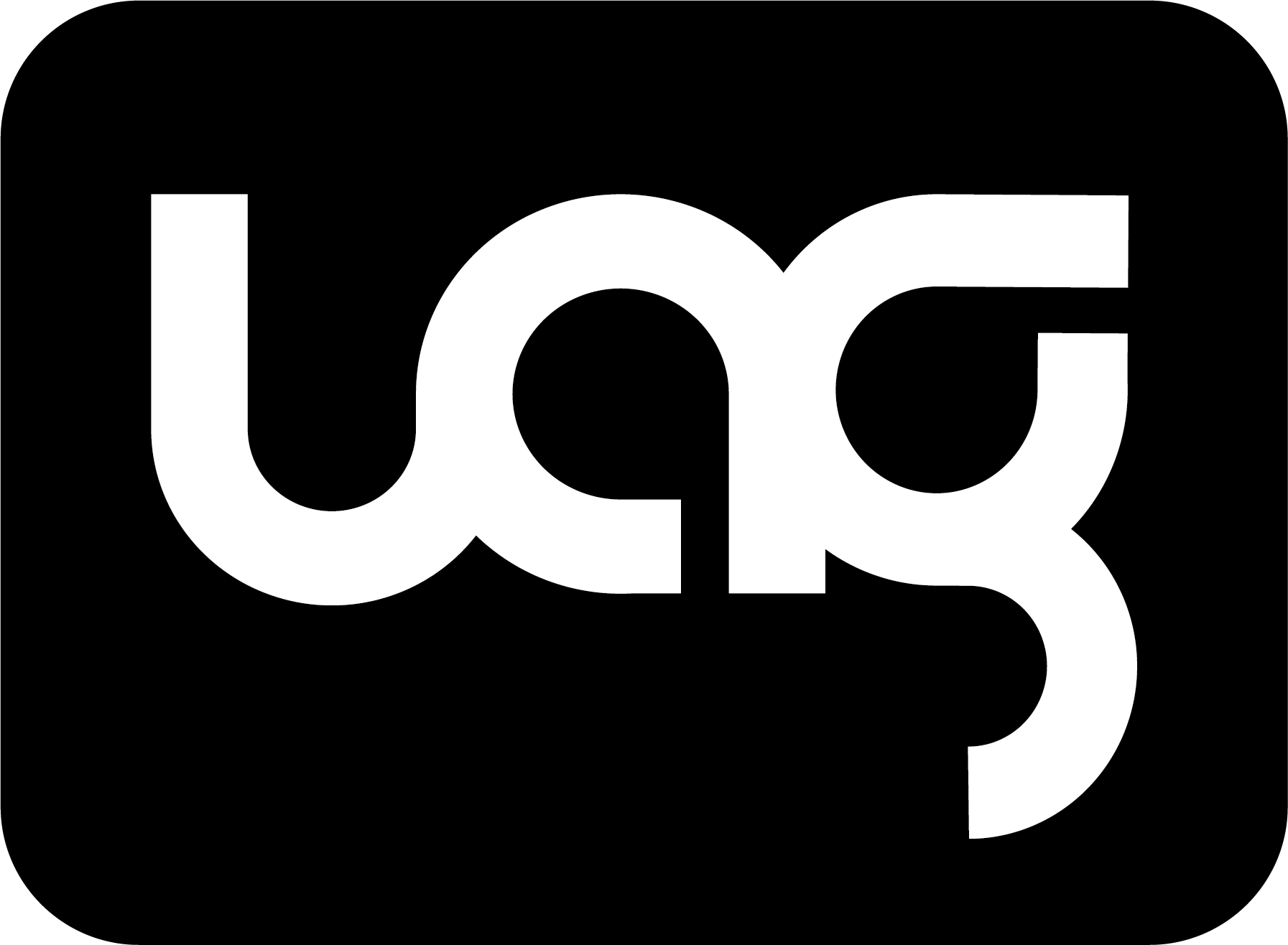U.S. consumer prices rose by the most in more than 812 years in March as increased vaccinations and massive fiscal stimulus unleashed pentup demand, kicking off what most economists expect will be a brief period of higher inflation. The report from the Labor Department on Tuesday also showed a firming in underlying prices last month as the broader reopening of the economy bumps against bottlenecks in the supply chain, capacity constraints and higher commodity prices.
Federal Reserve Chair Jerome Powell and many economists view higher inflation as transitory, with supply chains expected to adapt and become more efficient. The supply constraints mostly reflect a shift in demand towards goods and away from services during the pandemic, now in its second year.
The consumer price index jumped 0.6 last month, the largest gain since August 2012, after rising 0.4 in February. A 9.1 surge in gasoline prices accounted for nearly half of the increase in the CPI. Gasoline prices rose 6.4 in February. Food prices edged up 0.1. The cost of food consumed at and away from home also rose 0.1. Economists polled by Reuters had forecast the CPI advancing 0.5. In the 12 months through March, the CPI surged 2.6. That was the largest gain since August 2018 and followed a 1.7 increase in February.
Excluding the volatile food and energy components, the CPI increased 0.3 after nudging up 0.1 in February. The largest gain in seven months in the socalled core CPI was driven by a rise in rents as…


